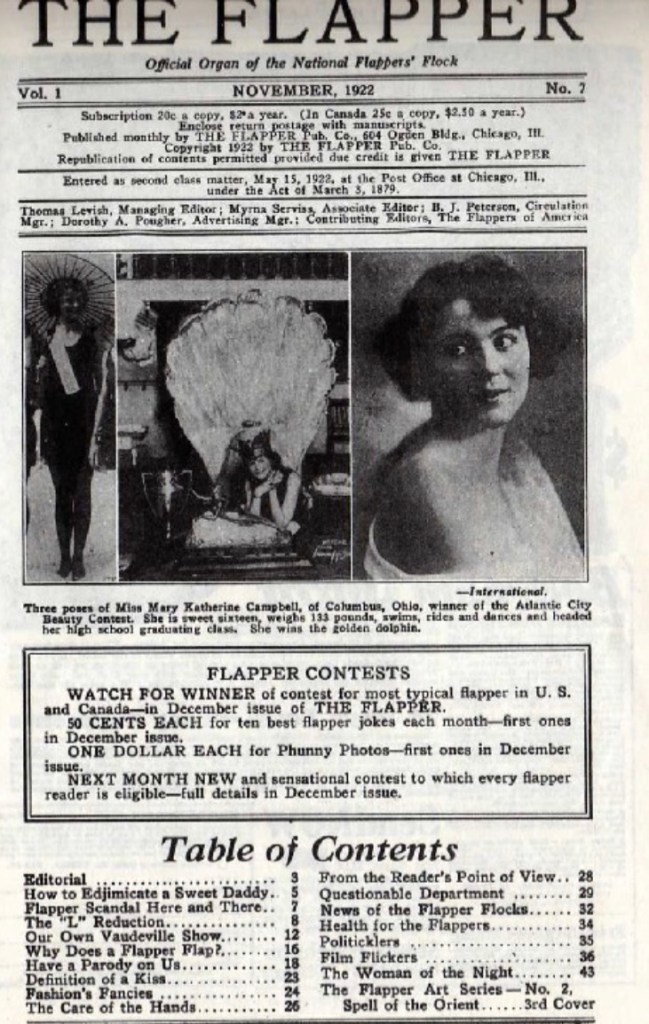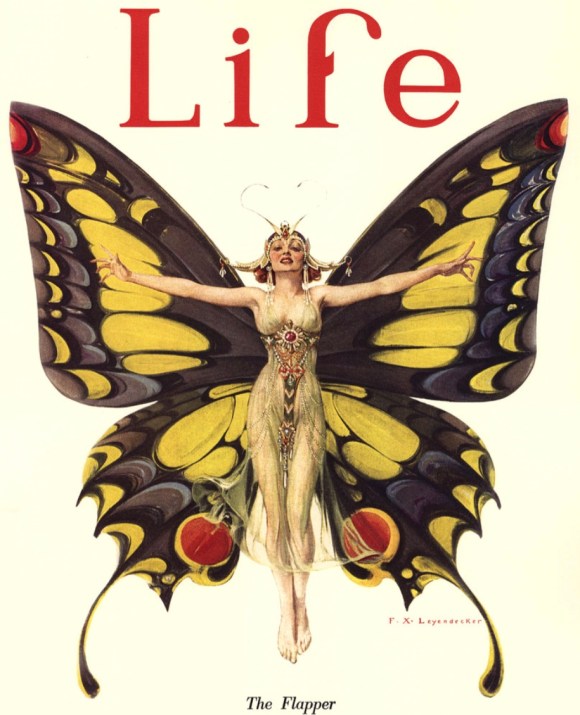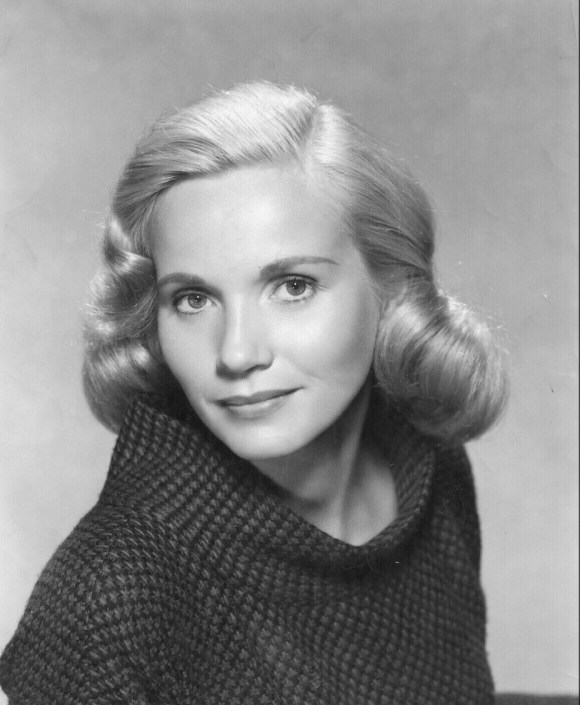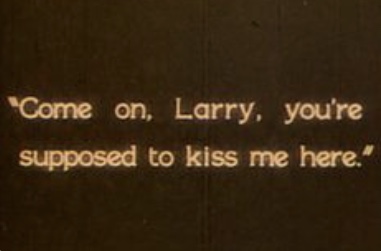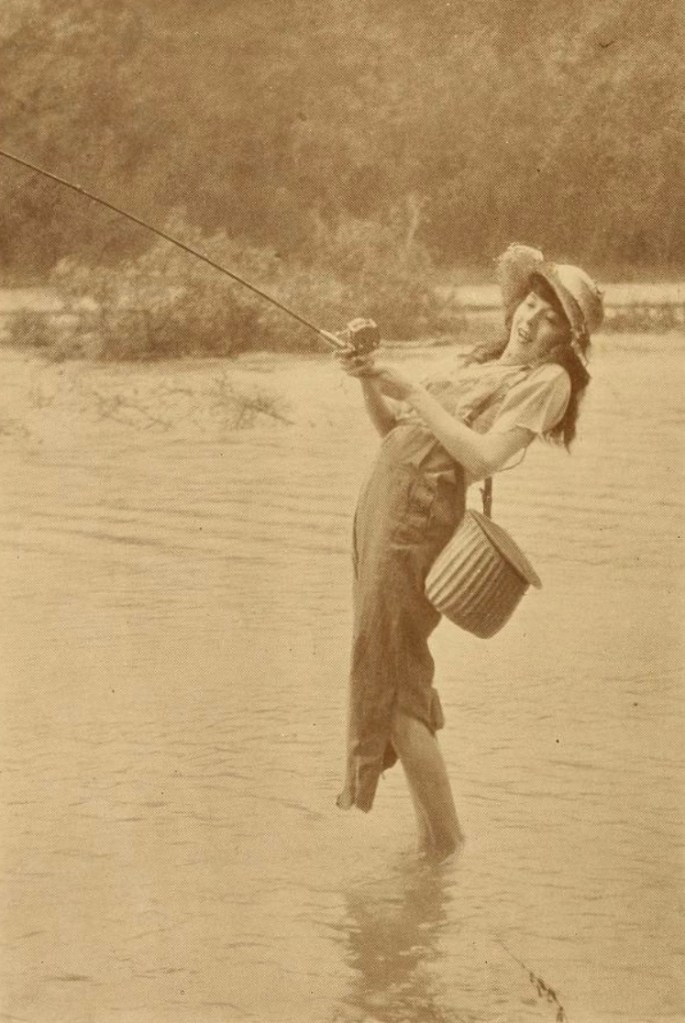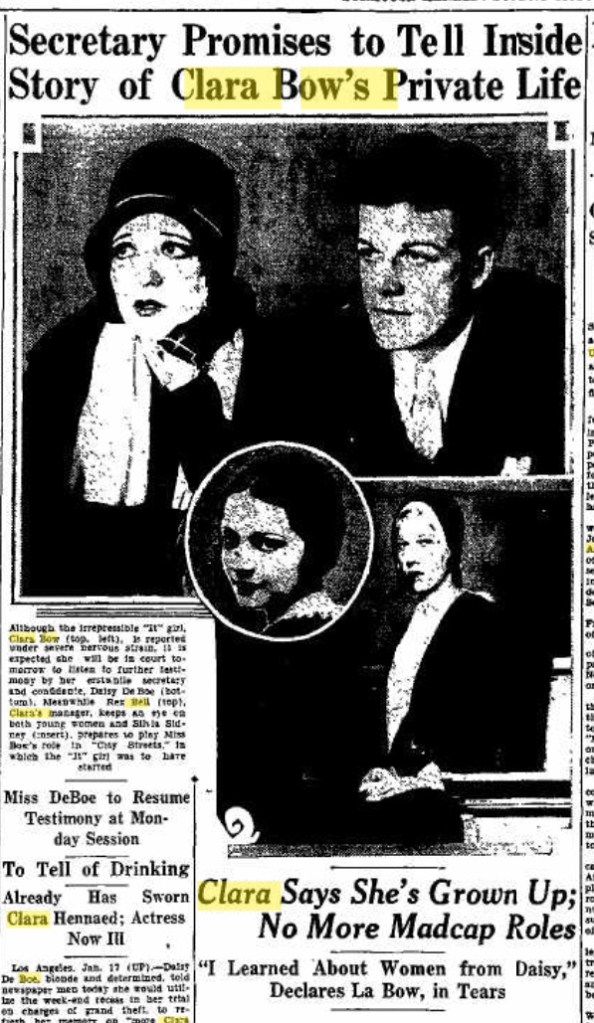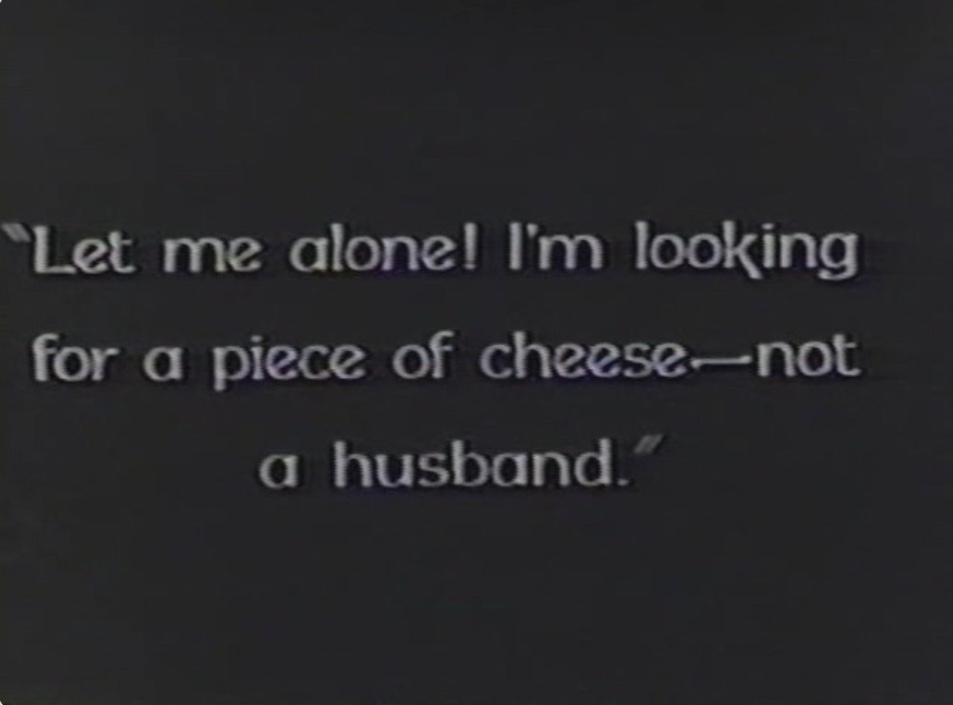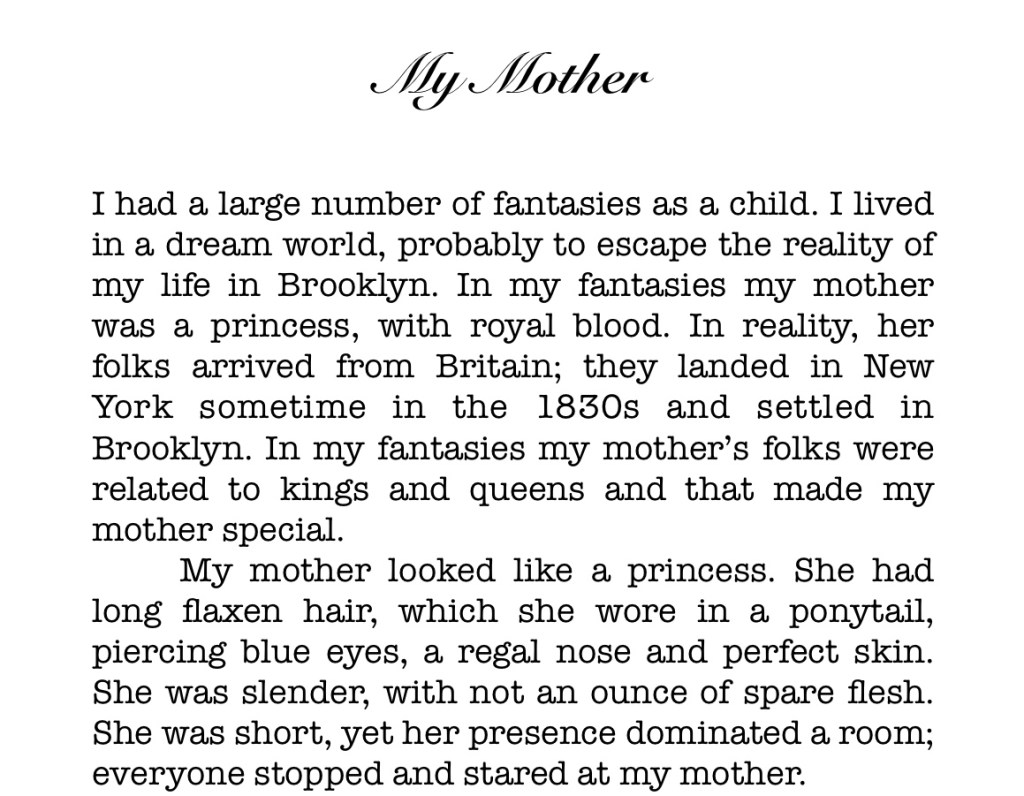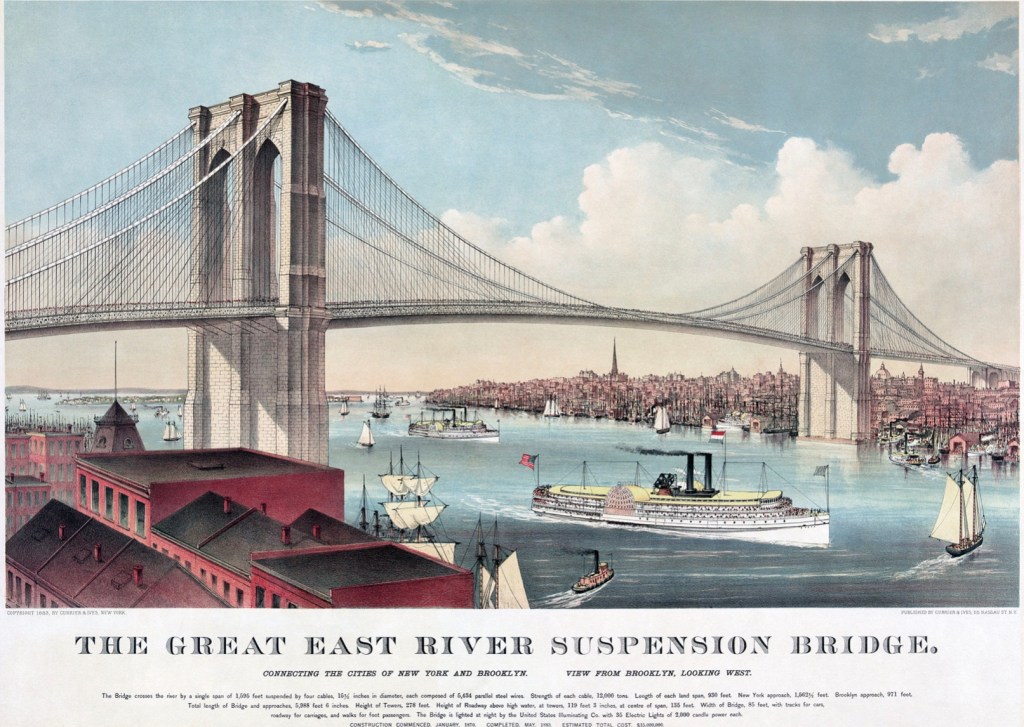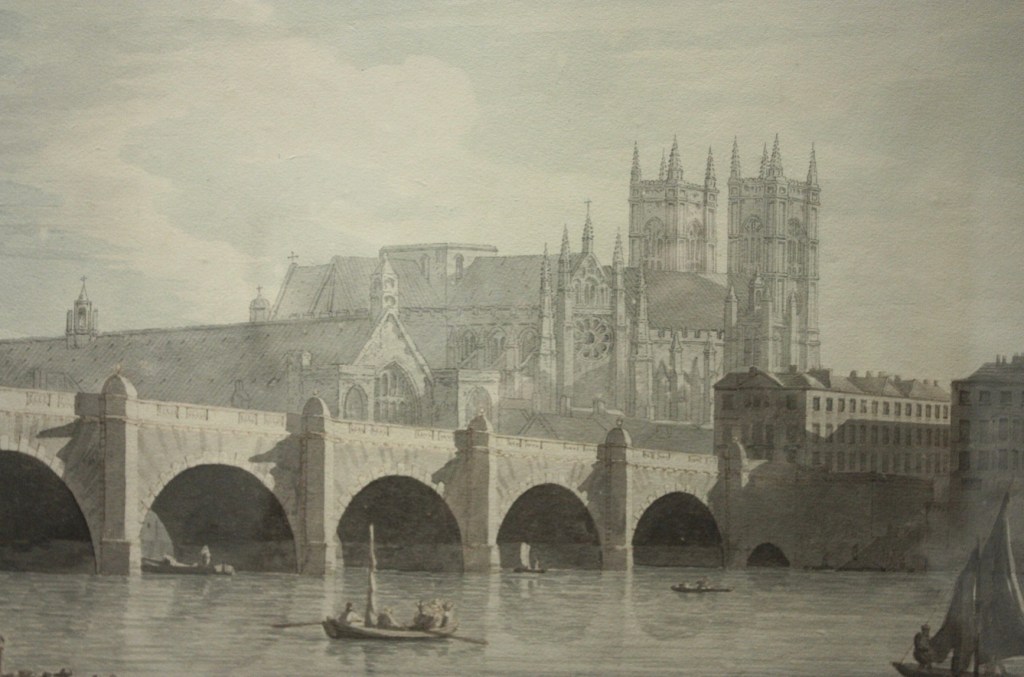Dear Reader,
Clara Bow’s third movie was Enemies of Women, produced in December 1922 through to January 1923. The movie was premiered in New York on March 31, 1923 and went on general release from September 2, 1923.
Enemies of Women was produced by William Randolph Hearst’s Cosmopolitan Pictures. A silent romantic drama, the movie starred Lionel Barrymore and Alma Rubens. Clara featured as an uncredited dancing girl.
This movie was made during a significant period in Clara’s life. Her mother, Sarah, had just been released from an asylum, although she was far from physically and mentally well. At home, Sarah lapsed into a catatonic state. On New Year’s Eve, she was readmitted to the asylum. She died there on January 5, 1923.
Later, Clara recalled that period of her life. “In the picture, I danced on a table. All the time I hadda be laughin’, rompin’, displayin’ joy of life. I’d cry my eyes out when I left my mama in the mornin’, then go dance on a table.”
The guilt of pursuing her dream while her mother lay dying remained with Clara for the rest of her life. That guilt added to her complex personality, and influenced the choices she later made.
Sarah Bow was not a supportive mother – her poor mental health and negative attitude to the movies ensured that she did not guide her daughter along stardom’s treacherous path. Clara needed that guidance, but all too often she had to find her own way in the world.
Clara was right to feel sad when Sarah died, but I think her guilt was misplaced.

🖼 Lobby card for Enemies of Women.
In 1925 Clarence Birdseye, pictured, invented a process for frozen food. Later, he invented the double belt freezer. His initial product line featured 26 items, including 18 cuts of frozen meat, spinach, peas, a variety of fruits and berries, blue point oysters, and fish fillets.
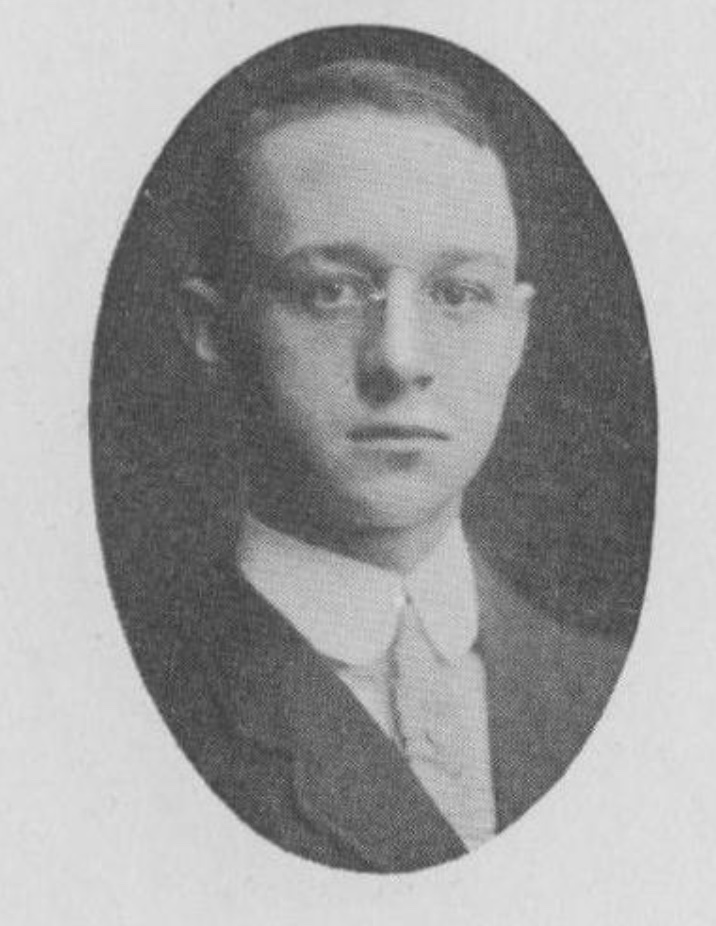
Highest grossing movie of 1924: The Sea Hawk.
The Sea Hawk was a silent adventure movie about an English noble sold into slavery. Upon his escape, he becomes a pirate. Directed by Frank Lloyd, the movie premiered on June 2, 1924 in New York.
Frank Lloyd sensed that moviegoers would not accept miniature models so, at a cost of $200,000, he created full-sized ships. The ocean scenes were filmed off the coast of Catalina Island, California. Lloyd established a mini-village to shoot these scenes, which included 150 tents, 1,000 extras, 21 technicians, 14 actors, and 64 sailors.
The film was so well made that Warner Bros used some of its battle scenes in a 1940 Errol Flynn movie of the same name. Furthermore, the studio used the life-sized replica ships in later nautical films.

Through public records, I’m tracing the ancestry of Eva Marie Saint. I’ve taken the Saint branch back to Eva’s 3 x great grandfather, Hercules Saint. I’ve discovered a lot of records relating to Hercules, but for now here are the basic facts:
Born: May 7, 1747, Perquimans County, North Carolina, USA. Father, Daniel Saint. Mother, Margaret Barrow
Married: Sarah Barrow, June 7, 1775, Perquimans Co., NC.
Died: The records contradict each other, so more research required
Occupation: Carpenter
Religion: Quaker
Hercules’ wife and mother had the same surname, Barrow. I have yet to determine if they were related.
🖼 The Quaker record confirming Hercules’ birth.

Charlie Harris at Large, Series 1, Episode 19 of The Rockford Files had a great premise – a person who couldn’t offer an alibi in a murder case because they would incriminate themselves in an affair. Diana Muldaur played that person. As the ‘special guest star’, I felt that she was underused in this episode. I would have liked to have seen her interact more with James Garner.
This was a multi-viewpoint episode, so James Garner didn’t appear in every scene. Indeed, the opening reminded me of an episode of Columbo, with detectives and medical staff examining the victim.
The running joke in this episode was someone on the phone or knocking on Rockford’s door getting him out of bed. Some nice scenic shots during the car chases and an excellent performance from Tony Musante as Charlie Harris made this an engaging episode.

Clara Bow Quotes: “I shall never forget my first day on the set. I was just one of the mob. No one paid the slightest bit of attention to me. Being told to make up, I watched others apply deft touches of grease-paint and tried to duplicate their procedure. It was a pitiful job, I realise now, but how wonderful I thought I looked at the time. Finally, the director, Christy Cabanne, gave me a “bit”. It was a crying scene. “Can you act, kid?” he said. I was so frightened I immediately burst into tears. This seemed to please him, and before I knew it I was in front of the cameras. Even to this day I can remember his faint praise of my effort when the scene was completed.”
Intertitle #4

As ever, thank you for your interest and support.
Hannah xxx
For Authors
#1 for value with 565,000 readers, The Fussy Librarian has helped my books to reach #1 on 32 occasions.
A special offer from my publisher and the Fussy Librarian. https://authors.thefussylibrarian.com/?ref=goylake
Don’t forget to use the code goylake20 to claim your discount







